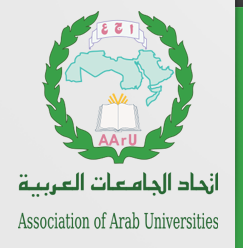Abstract
This study aims to evaluate the provisions of Multimodal International Transport Law No. 29 of 2018 in comparison with the latest international conventions in this field (Rotterdam Convention of 2008 and Multimodal Arabic Transport Convention of 2009). The problem of the study was concerned with answering the following question: did the national legislations and international or regional conventions succeed in achieving the unity of the legislative regulation of multimodal transport contracts at the international level? Or are we still in need of a binding, unified, international convention under the lack of enforcement of United Nations Convention of 1980? To answer these questions, the study was divided into two parts. The first part discussed the establishment of Multimodal International Transport Law by stating its concept, parties, and form. The second part was concerned with the implementation of multimodal international transport contract according to the provisions of Law No. 29 of 2018, where the contract parties’ responsibility and the claims and suits were explained. After analyzing the Law of (2018), the researcher came to believe that it is beneficiary to conclude a developed and balanced international convention which regulates multimodal transport in hope that it will be more effective than the United Nations Convention of 1980 to bridge the legislative gap in multimodal transport contracts at the international level.
Recommended Citation
Khalil, Mohammad
(2022)
"Multimodal Transport in Jordan according to the Multimodal International Transport Law No. 29 of 2018 (Comparative Study),"
Jordan Journal of Applied Science-Humanities Series: Vol. 33:
Iss.
2, Article 9.
Available at:
https://digitalcommons.aaru.edu.jo/jjoas-h/vol33/iss2/9

